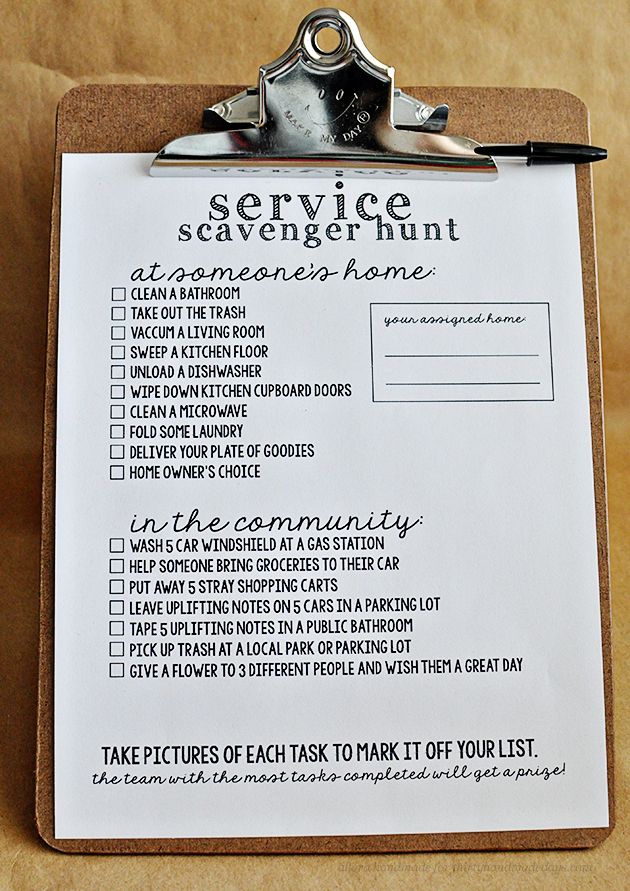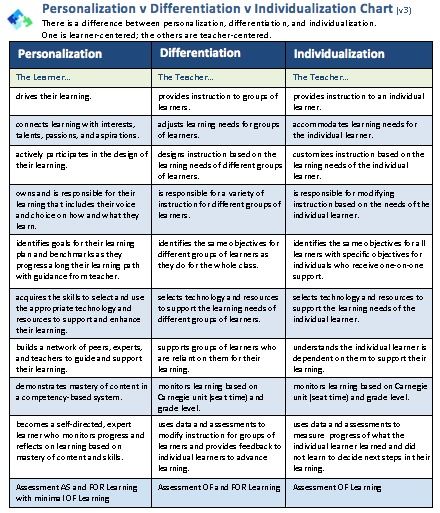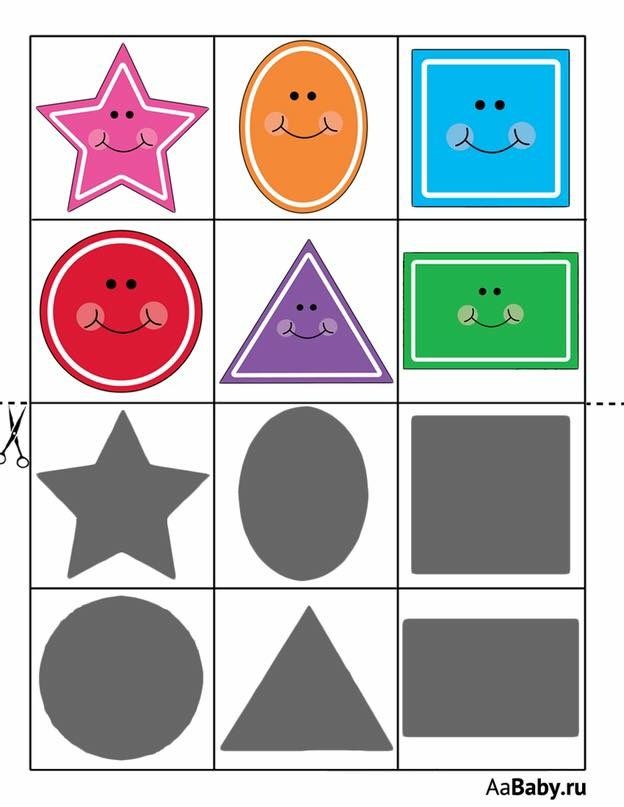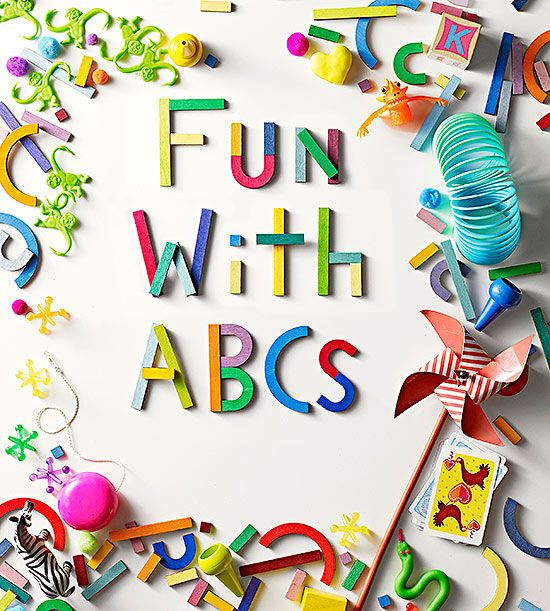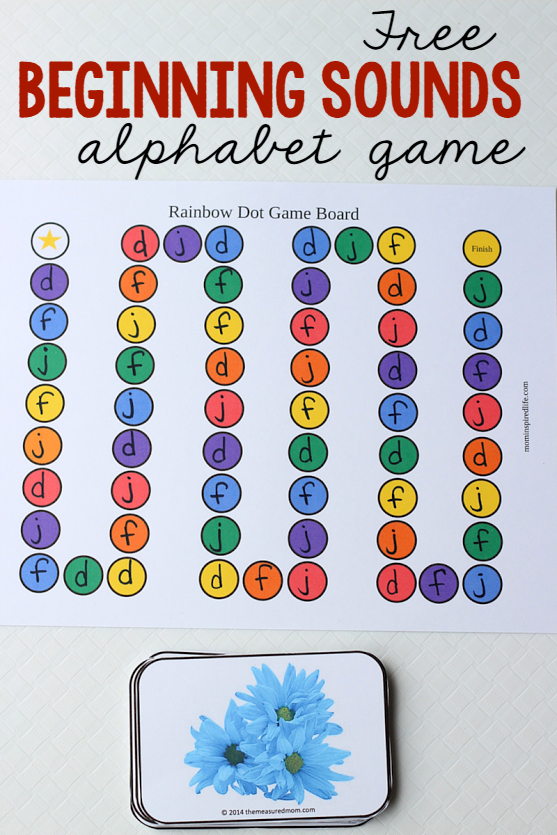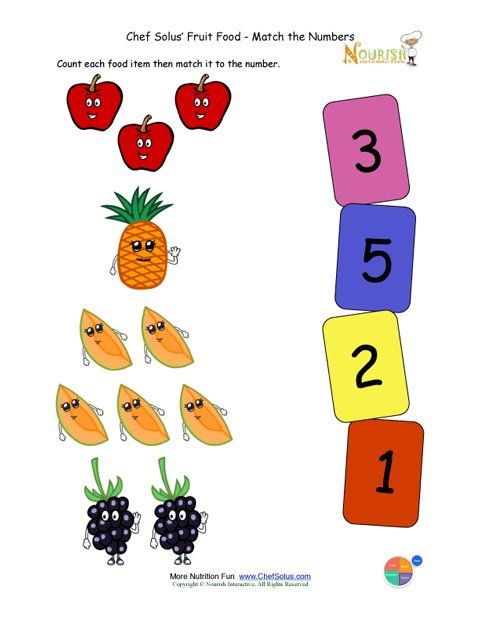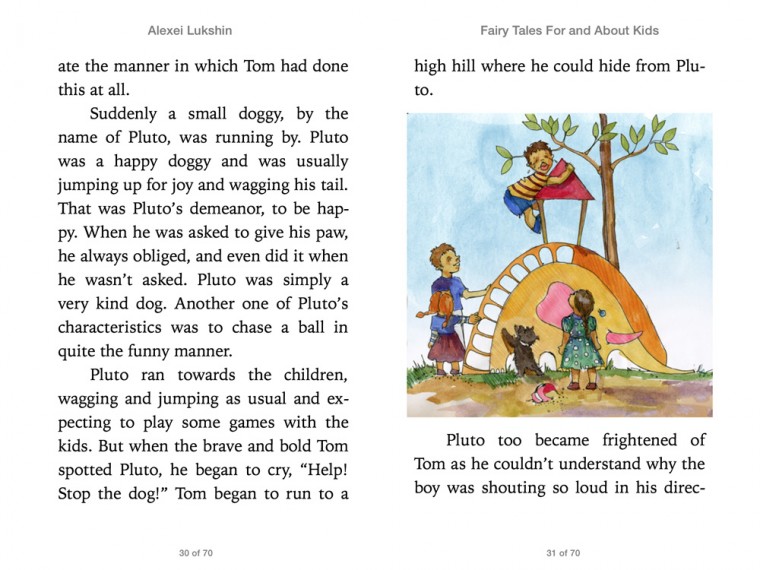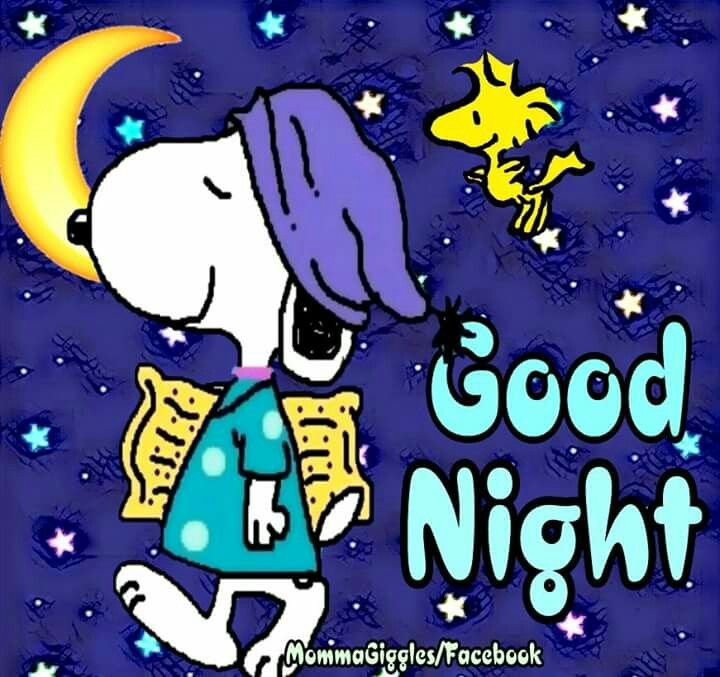Kitchen scavenger hunt
Kitchen Scavenger Hunts | North Carolina Cooperative Extension
— Written By Jamie Davis
en EspañolEl inglés es el idioma de control de esta página. En la medida en que haya algún conflicto entre la traducción al inglés y la traducción, el inglés prevalece.
Al hacer clic en el enlace de traducción se activa un servicio de traducción gratuito para convertir la página al español. Al igual que con cualquier traducción por Internet, la conversión no es sensible al contexto y puede que no traduzca el texto en su significado original. NC State Extension no garantiza la exactitud del texto traducido. Por favor, tenga en cuenta que algunas aplicaciones y/o servicios pueden no funcionar como se espera cuando se traducen.
English is the controlling language of this page. To the extent there is any conflict between the English text and the translation, English controls.
Clicking on the translation link activates a free translation service to convert the page to Spanish. As with any Internet translation, the conversion is not context-sensitive and may not translate the text to its original meaning. NC State Extension does not guarantee the accuracy of the translated text. Please note that some applications and/or services may not function as expected when translated.
Estoy de Acuerdo / I agree
Collapse ▲
During this time when nearly everyone in the family is staying home, it’s helpful to have activities for our children that are both engaging and educational. A simple and fun way to continue education is to do a kitchen scavenger hunt! Many Ashe County children have received EFNEP Education and have learned quite a bit about food and nutrition. Applying some of that information at home helps to further reinforce its value. If your child has not received EFNEP Education this year, these scavenger hunts can still be completed!
Kitchen scavenger hunts can be completed as a team effort or if your family enjoys friendly competition, it may be fun to see who can complete it first.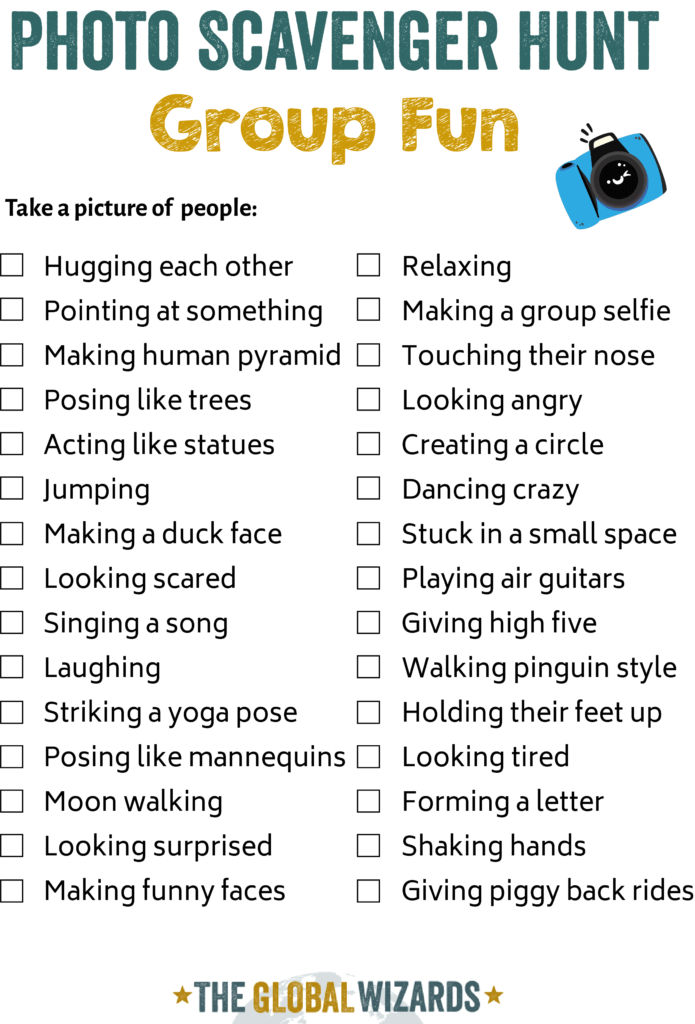 You may ask children to collect these items, point to them, or simply name them depending on the list you choose. For younger children, it may be helpful to have an adult help them identify some items, as they may not be familiar with the names or functions of various kitchen tools. If you would like to complete these lists, but realize you do not have all of the items in your home, feel free to utilize images on the internet and while looking at pictures of the items, discuss their function with your children. You are the expert in your family, so feel free to adjust these activities in ways that work best for you and yours!
You may ask children to collect these items, point to them, or simply name them depending on the list you choose. For younger children, it may be helpful to have an adult help them identify some items, as they may not be familiar with the names or functions of various kitchen tools. If you would like to complete these lists, but realize you do not have all of the items in your home, feel free to utilize images on the internet and while looking at pictures of the items, discuss their function with your children. You are the expert in your family, so feel free to adjust these activities in ways that work best for you and yours!
Here are some sample lists for kitchen scavenger hunts. Hope you enjoy it!!
| List 1: | List 2: |
|
|
| List 3: | List 4: |
|
|
| List 5: | List 6: |
|
|
| List 7: | List 8: |
|
|
share Share This Article
Kitchen Scavenger - Etsy.
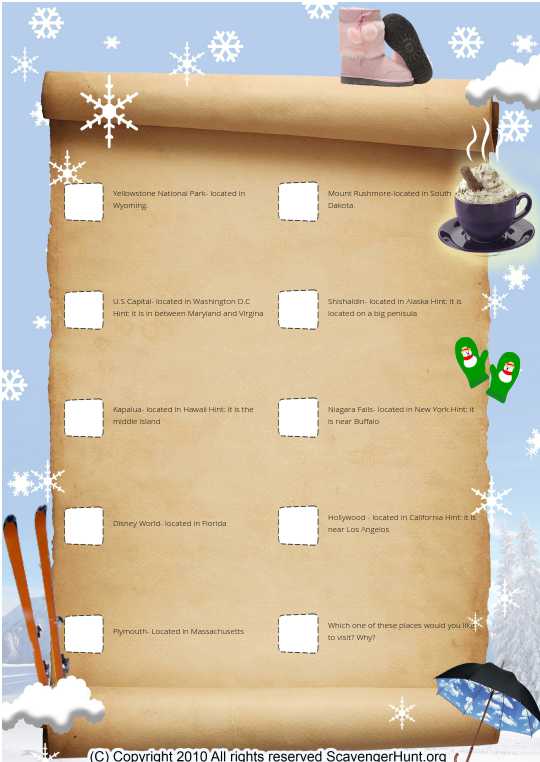 de
deEtsy is no longer supporting older versions of your web browser in order to ensure that user data remains secure. Please update to the latest version.
Take full advantage of our site features by enabling JavaScript.
Find something memorable, join a community doing good.
( 129 relevant results, with Ads Sellers looking to grow their business and reach more interested buyers can use Etsy’s advertising platform to promote their items. You’ll see ad results based on factors like relevancy, and the amount sellers pay per click. Learn more. )
Waste Sorting: Waste Separation Instructions
Our country has accumulated 40 billion tons of waste, and every year we produce another 70 million tons.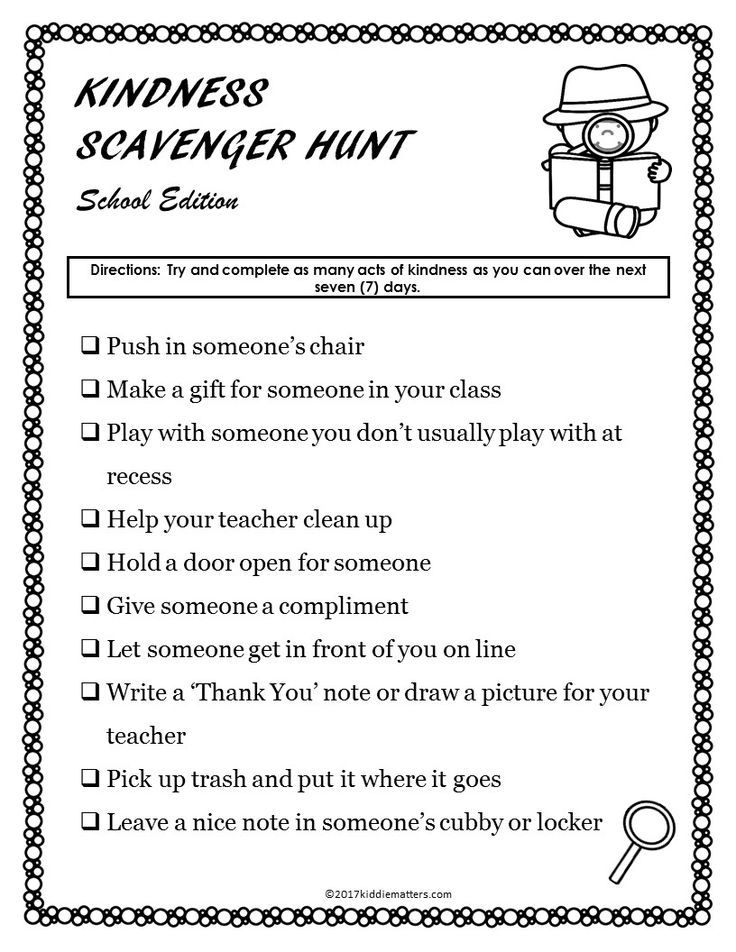
Aleksey Kabluchkov
sorts garbage
Author profile
The area of landfills is increasing by 5000 km² annually. For comparison: the area of Moscow is 2561 km². That is, once a year, in the vast expanses of Russia, two more capitals are formed, completely consisting of garbage.
These are not horror stories from the distant Greta Thunberg, but data from the native Ministry of Natural Resources. I am not a follower of Greenpeace, I am not very close to the views of Greta, and when I go to the store, I do not refuse to buy goods in plastic packaging. I am an ordinary average Russian, just like everyone else. I don’t even live in the capital, but in the provinces — in Kursk.
But one day I watched a documentary about garbage recycling and realized that no matter what the state does, it will not work until I personally stop dumping all my garbage in one bucket and sullenly dragging it to a lonely bin in the yard.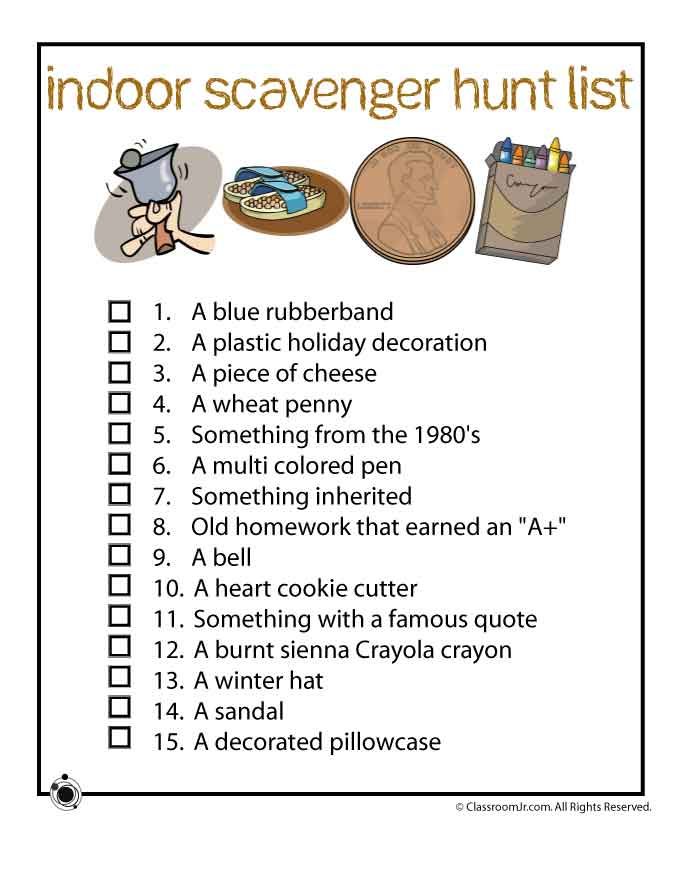
Then I decided to experiment on living people - on myself and my family. We switched to separate waste collection. I'll tell you how we did it and what happened in the end.
My family lives in a private house. Every Monday we take out the garbage bags to be taken to the landfill. We used to throw away about 11 kg of garbage every week, but after we started sorting it, the amount of garbage sent to landfill has decreased by about 50%Step 1
Define useful wasteCosts: 0 R and 90 minutes once.
We started by deciding to find out what kind of garbage can be recycled where we live, that is, in the Kursk region. Addresses of recycling points can be viewed, for example, on the Greenpeace interactive map. It contains information about collection points in all regions of Russia. These points are checked by volunteers, that is, with a high probability, the garbage from there will go to recycling, and not to a landfill.
Another map is available for the Moscow Region - on the website of the Association of Chairmen of Councils of Apartment Buildings.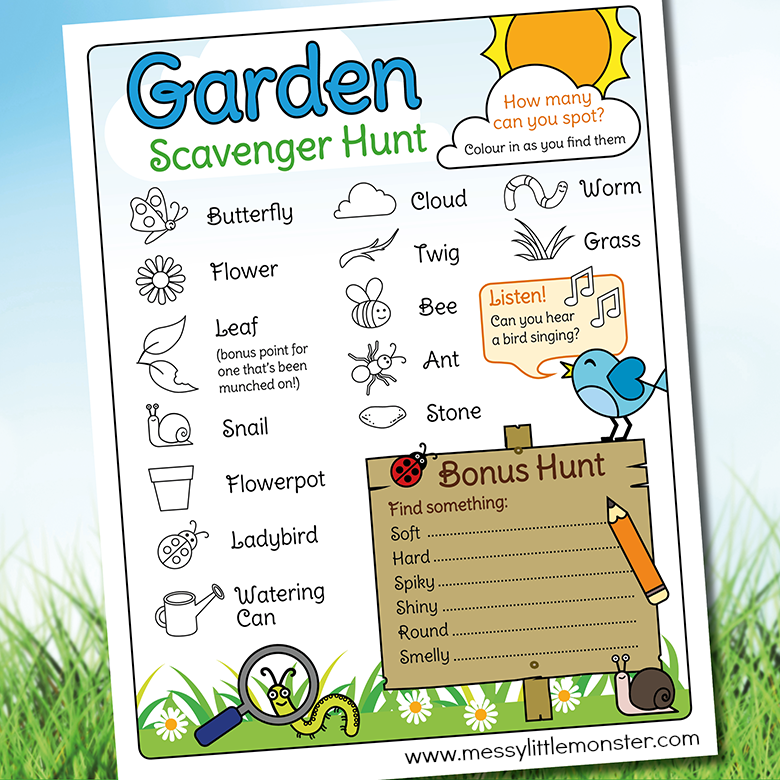 But since I'm not from the capital, I can't say how relevant the data is there. More collection points are marked on 2GIS maps.
But since I'm not from the capital, I can't say how relevant the data is there. More collection points are marked on 2GIS maps.
/hi-greta/
How I try to lead an eco-friendly lifestyle
My wife and I carefully studied the Greenpeace map, followed the links and read the information on the websites of specific collection points. To understand what kind of waste will be accepted for recycling and what not, we had to figure out what our garbage is made of. But it turned out to be easy, and after an hour and a half we roughly understood what kind of waste should be collected separately. We continued to throw everything else into an ordinary trash can.
That is, we did not immediately begin to deploy "waste-free production", but simply decided to do what was quite within our power.
How to read product labels
If the material from which the product is made or its packaging is potentially recyclable, then the label will have a special icon in the form of three curved arrows forming a triangle.
Since there are a lot of materials, their specific type is specified using the number inside this triangle, as well as the letter code below it. For example, 20/PAP is paper, that is, paper, 20/GL is glass, or glass, and 1/PET is polyethylene terephthalate, or PET.
A sign that the material can be recycled or reused
It also happens that the product is made from several materials at once - then each of them will be indicated on the label. For example, a bottle is glass, but its cap is aluminum and the label is paper. Sometimes the marking is indicated separately on the bottle, cap and label, but more often all three icons will be in one place, and you will have to guess which one refers to what.
Package of dumplings. Everything is clear here: the outer packaging is made of cardboard - 21 / PAP, and inside the dumplings are wrapped in soft plastic - 5 / PP A on this package of cakes, the icons are next to each other and cannot be deciphered. To understand where what is, you need experience Now we collect waste paper, plastic, glass bottles and aluminum cans, that is, what is most readily accepted for recycling throughout Russia.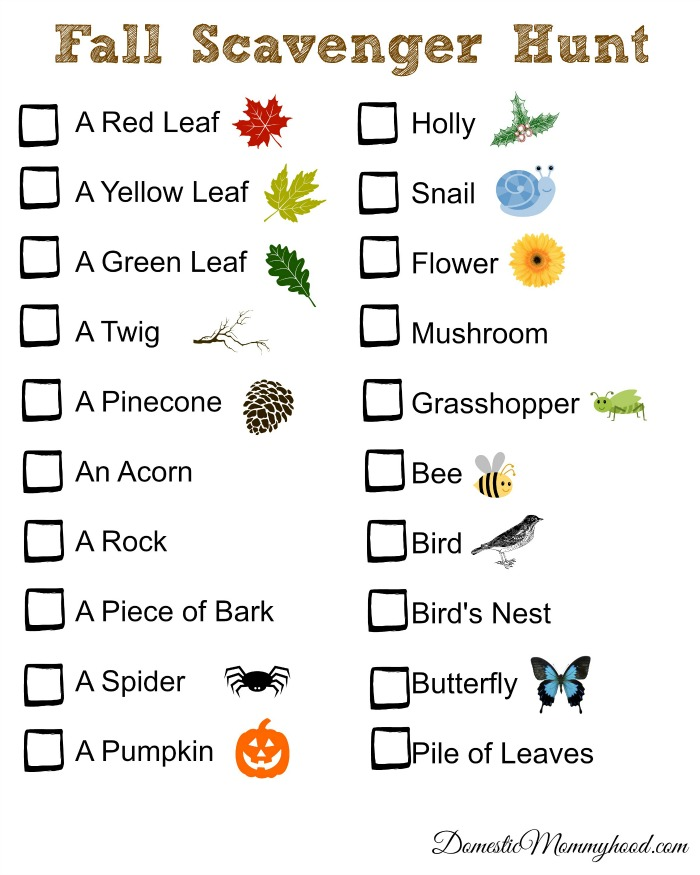 I will tell you about each type of such waste in a little more detail.
I will tell you about each type of such waste in a little more detail.
Waste paper is paper and cardboard. Paper can be in the form of books, newspapers, magazines, notebooks and printed documents. The main thing is that it be dry and relatively clean, that is, not saturated with fat or oil. Cardboard is also readily accepted - there is a lot of it in packages from various sweets, as well as in boxes of furniture and household appliances.
/makulatura/
How much can you earn with waste paper
Waste paper is the easiest thing to do: you take everything that looks like paper and carefully fold it somewhere in the corner, and when a decent pile is collected, you tie it with twine or just put it in a bag - and the waste paper is ready to go to the collection point.
At the same time, egg cartons, toilet paper rolls, paper napkins and towels, as well as paper coffee cups and receipts from the store will most likely not be accepted for recycling. Checks are printed on special thermal paper impregnated with a special substance that darkens when heated, making them unsuitable for recycling. Rollers and egg cartons are already low-quality recycled paper: you can’t make anything valuable out of it. And paper cups are not pure cardboard: there are two layers of polyethylene inside.
Checks are printed on special thermal paper impregnated with a special substance that darkens when heated, making them unsuitable for recycling. Rollers and egg cartons are already low-quality recycled paper: you can’t make anything valuable out of it. And paper cups are not pure cardboard: there are two layers of polyethylene inside.
Also, , tetrapack cannot be used as waste paper - most often packaging for juices and milk is made from it. Such packaging consists of several layers of cardboard, polyethylene and foil. Because of this, it is much more difficult to recycle it into high quality recyclable materials. Unfortunately, no one does this in the Kursk region.
Learn more about tetrapack recycling
Old books can also be recycled, but instead we take them to bookstores or bookcrossing. In general, everything that can still be used, we try not to send it for processing, but give it to other people. For example, the Daru-Dar service will help with this.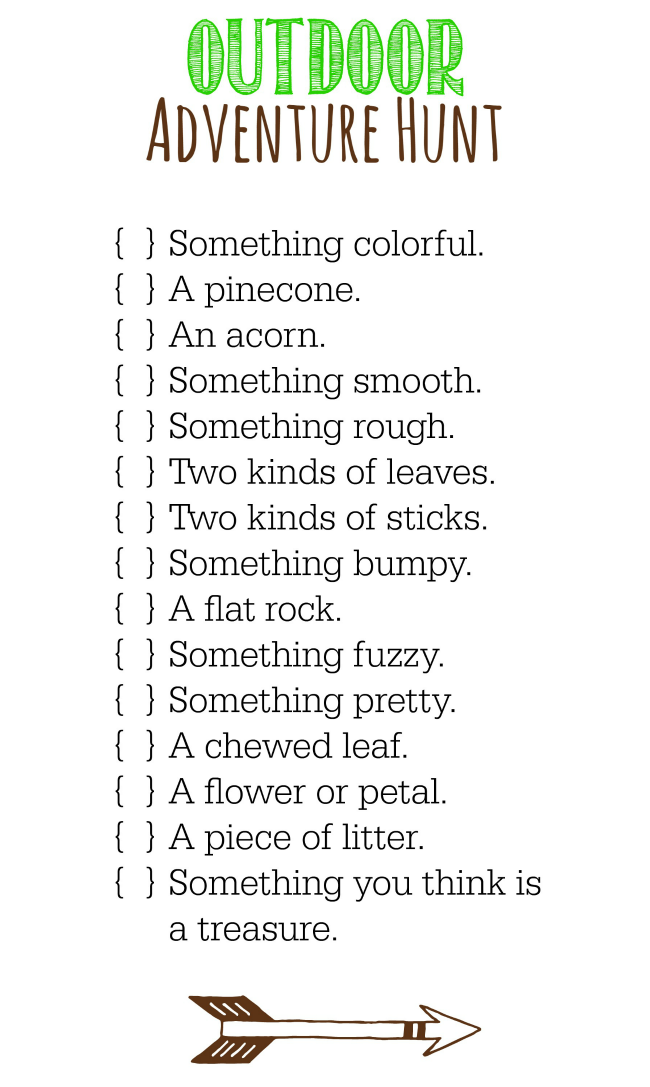
What to do? 04/06/17
I have a lot of old things
This is how our usual pile of waste paper looks like. It accumulates in about two weeks. A tetrapack package usually looks like this. In most regions of Russia, it is not accepted for processing. The box may have a Tetra Pak badge or it may say: Pure Pac, Tralin Pak, Combibloc. There is also a digital marking: 81, 82 or 84Glass is any cans and bottles: transparent, green, brown, from wine, beer, lemonade and other drinks. Other types of glass, such as window panes or broken glass, are generally not accepted. Incandescent light bulbs are not considered glass and are also not accepted for recycling.
Metal is primarily tin and aluminum cans. They are accepted at most recycling centers. But there are special organizations that take any scrap metal: metal caps from bottles, containers from enamels, varnishes and paints, cans and, in general, any piece of iron.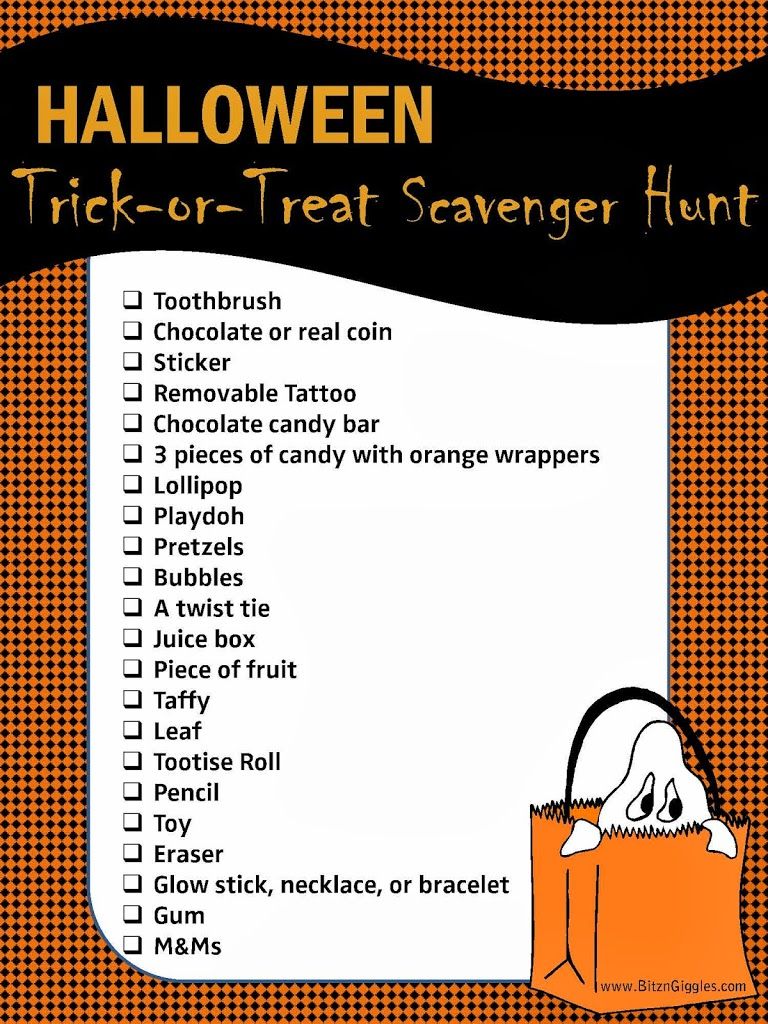
for it. Plastic is a category of waste that causes the most severe headache. There are seven main types of plastic labeled from 1 to 7. But not all of them are accepted for recycling.
The most valuable type of plastic that is accepted everywhere is PET, or in Latin letters PET. Its digital marking is 1 in a triangle.
PET is used to make bottles for beverages, cosmetics, and food packaging such as vegetables. But I know from experience that now only PET bottles and vials are accepted at collection points, because they are the easiest to recycle. Other types of PET-labeled packaging are not accepted yet.
Why not all plastic is recycled - video from the webinar "How easy it is to start separate collection and understand the types of plastic"
There is also polyethylene, it can be of two types: dense and thin. Dense is designated as 2, HDPE or HDPE.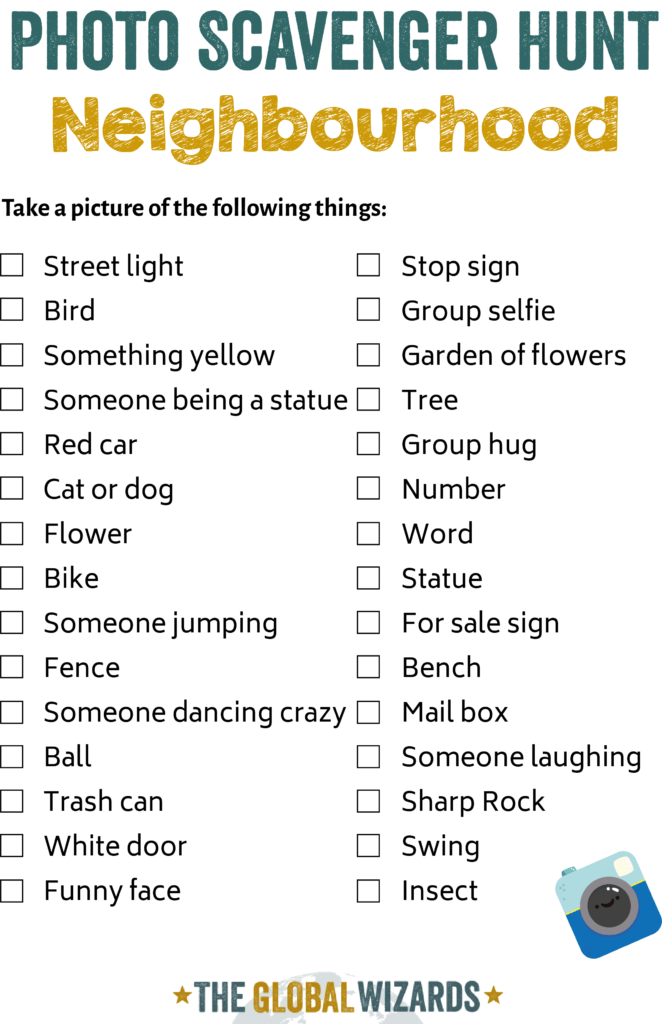 It is used to make bottles for cosmetics and household chemicals, food containers, garden watering cans and pots, plumbing pipes and bottle caps. The designation for thin polyethylene is 4, LDPE or LDPE. Various bags and films, soft bags for washing powder are made from it.
It is used to make bottles for cosmetics and household chemicals, food containers, garden watering cans and pots, plumbing pipes and bottle caps. The designation for thin polyethylene is 4, LDPE or LDPE. Various bags and films, soft bags for washing powder are made from it.
Some locations may accept polypropylene and polystyrene. Polypropylene is 5 or PP. It is used to produce plastic cups, packaging for yogurt and cottage cheese, bags, toys and food containers.
Polystyrene is 6 or PS. These are almost all disposable tableware, yogurt cups, lids for drinks cups, trays for meat, vegetables and fruits, as well as foam plastic. Theoretically, it can be recycled, but so far there are few places in Russia where it is accepted.
Green - will be accepted at most collection points, yellow - such places will have to be looked for, red - they will not be accepted anywhere Green - they will be accepted at most collection points, yellow - such places will have to be looked for, red - they will not be accepted anywhere Milk container: 1/PET bottle and 5/PP label. The bottle will be willingly accepted for recycling, but the label is most likely not The bottle will be willingly accepted for recycling, but the label is most likely not | 6/PS vegetable containers are not recyclable in most regions. Our family uses these packages to re-storage products |
But there are types of plastic that are not yet processed in Russia in any way, and, accordingly, no one accepts them.
PVC is marked as 3 or PVC. Most often used for the manufacture of pipes, window frames, laminate and stretch ceilings. But sometimes it is found in confectionery packaging, for example, transparent plastic lids for cakes and pastries.
Other plastics or their mixtures are labeled 7 as well as Other. For example, these are toothpaste tubes and other combined packaging.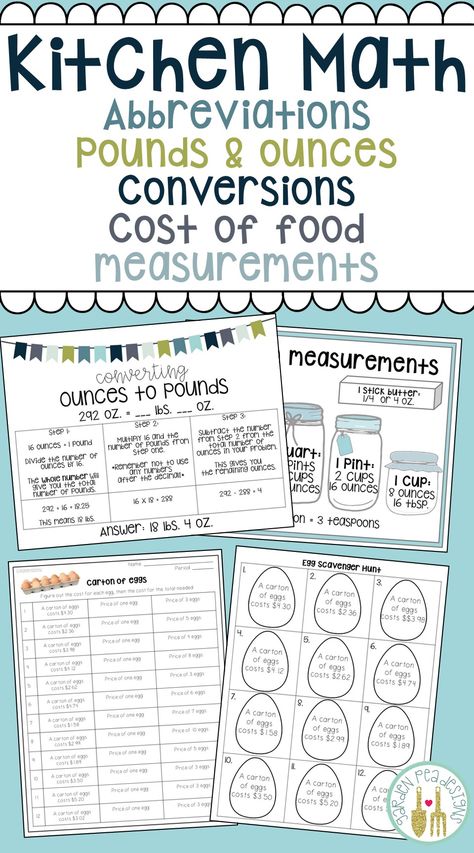
Not yet accepting plastic labeled C/…, such as C/PET. The first letter means that the material is made of several types of plastic. That is, in addition to valuable PET, other substances are also mixed in it, which immediately makes its processing very expensive, and therefore unprofitable.
/no-recycle/
Definitely not: 5 reasons why it makes no sense to sort garbage
Hazardous waste is batteries, batteries, mercury-containing lamps and thermometers. They must not be thrown into general waste, because they can lead to environmental contamination with substances dangerous to humans. Such waste is accepted at many recycling centers, as well as in large retail chains: Vkusville, Leroy Merlin, Globus and Ikea.
In most regions, car batteries can be returned for money - on average, about 500 R per piece. In some car dealerships, when returning an old battery, they give a discount on buying a new one.
How to spend and save wisely
We tell you in our mailing list twice a week. Subscribe to manage your budget
Step 2
Set up sorting and storageCosts: 4211 R once and 5 minutes every day.
Garbage can become a valuable recyclable material that will only be accepted for recycling if it is in good condition. Dirty, greasy and smelly, no one needs it and, most likely, it will end up in some landfill anyway.
That is why it is important to sort and wash it correctly from the very beginning. Yes, wash the trash, Carl!
Sounds crazy at first, but on the other hand, we wash the dishes after eating. After eating yogurt or drinking kefir, it is enough to rinse the package from under them with water and let it dry. After that, it remains to put it in the container where you store the sorted garbage.
/garbage/
How much garbage Russians produce
Environmental activists advise following the rule of three Cs: rinse, dry, compact.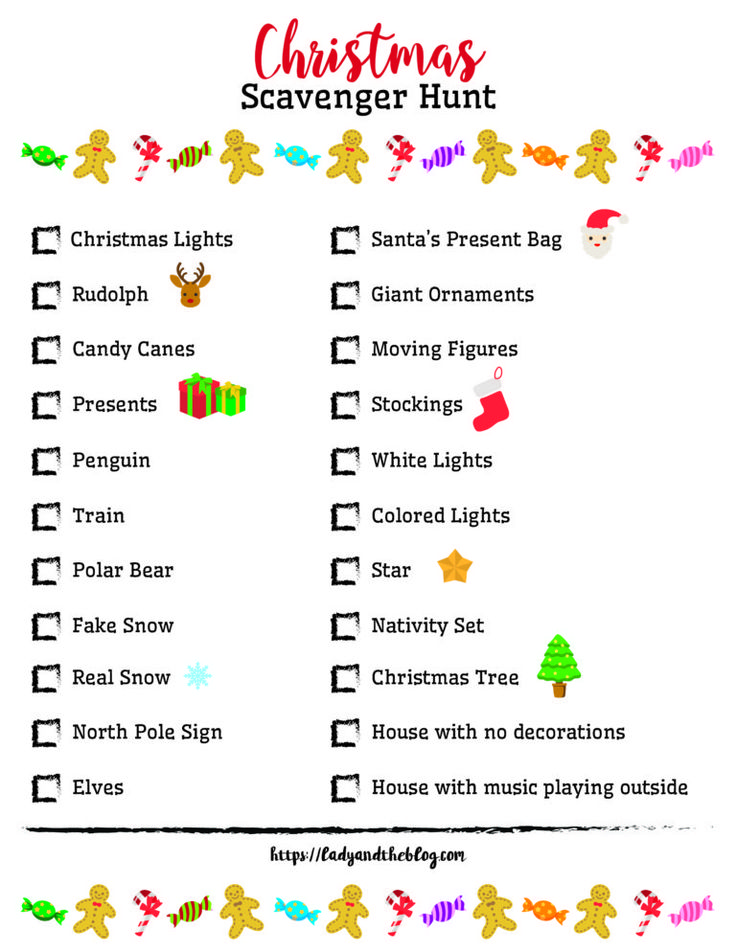 So your recyclables will take up little space and, most importantly, will not stink. Then you will be able to accumulate it longer, and you will need to take the waste to the collection point only once every few months.
So your recyclables will take up little space and, most importantly, will not stink. Then you will be able to accumulate it longer, and you will need to take the waste to the collection point only once every few months.
In our family, after being cleaned and flattened, the garbage is sent to special containers for storage. To do this, we needed to buy such containers, sign them, and generally think over a scheme for moving garbage around the apartment. The problem was that all the necessary containers for separate waste collection did not fit where we used to have a bin for everything.
The “two buckets” principle
When I first studied the issue of separate waste collection, on one of the sites, eco-activists advised to start small - to have another bucket into which you will throw clean, recyclable garbage. That is, you should not immediately run to the store and spend money on designer containers for sorting.
First, try putting aside such rubbish and see what it consists of.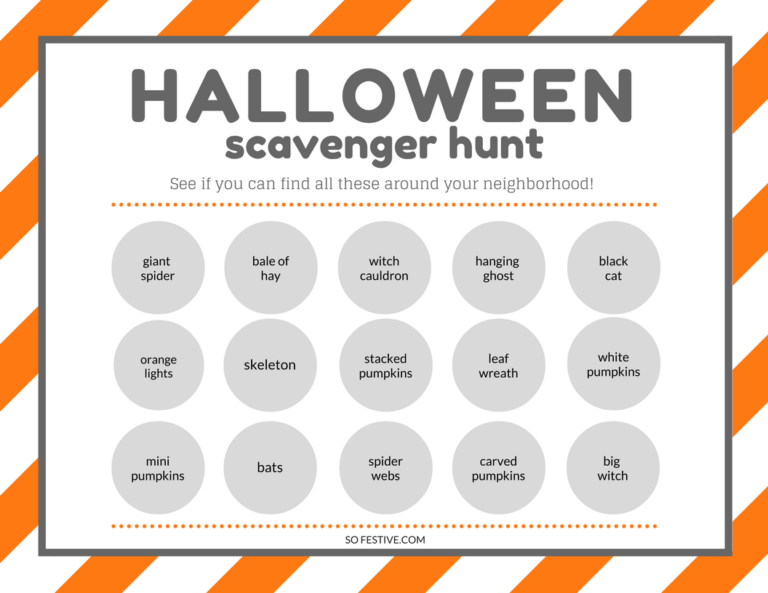 Suddenly you don’t have glass jars and bottles at all - then you won’t need bulky tanks or bags to store glass. When you understand what kind of garbage and in what volume you have, you can choose a convenient way for you to store it.
Suddenly you don’t have glass jars and bottles at all - then you won’t need bulky tanks or bags to store glass. When you understand what kind of garbage and in what volume you have, you can choose a convenient way for you to store it.
We solved the problem of storing sorted waste in the following way: we placed containers for plastic and waste paper inside the house, and placed a box for cans and bottles outside.
An ordinary waste bin for unsorted waste was left in its place - under the kitchen sink. A small box for batteries and light bulbs was added to it.
Spent on containers 4211 P
| Wall organizer for light bulbs and batteries under the sink | 1000 R |
| One each for plastic bottles and glass | 350 R per piece, total 700 R |
| Three bins for cans, plastics and waste paper | 537 R per piece, total 1611 R |
| Bin for temporary storage of food waste | 800 P |
| Plastic cap storage bag | 100 R |
Wall organizer for light bulbs and batteries under the sink
1000 R
, one basket for plastic bottles and glass
350 r apieces, only 700 r
Three tanks for tin cans, plastic and waste paper
537 r apiece, total 1611 p
Temporary bucket for a temporary temporary storage of food waste
800 R
Bag for storing plastic caps
100 R
Ikea sells stylish and convenient boxes for storing sorted garbage.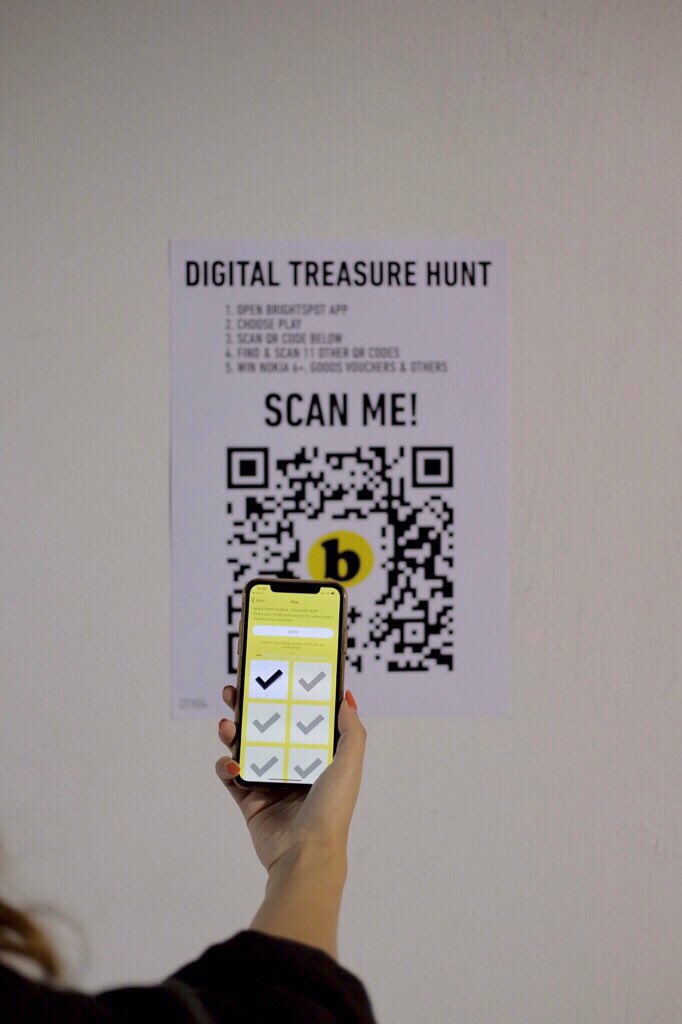 They are convenient in that you can open the bottom one without lifting the top one. One such tank costs 999 R In these boxes we store plastic and waste paper, put them on the veranda. Each cost us 537 R
They are convenient in that you can open the bottom one without lifting the top one. One such tank costs 999 R In these boxes we store plastic and waste paper, put them on the veranda. Each cost us 537 R Separately, I will say about the labeling of containers. From my experience, I realized that if they are all the same, then it is better to sign them. Not all family members can take your initiative with enthusiasm, so you need to make it as easy as possible for them to identify a place to store different types of garbage. Yes, and I myself, in a hurry, several times threw plastic into the waste paper basket.
Specialty shops sell beautiful stickers for labeling containers. But we simply printed out the names of the types of garbage on the printer and pasted them on the containers with adhesive tape.
Our basket for collecting plastic bottles for 350 R and box for collecting cans for 537 R We store used batteries and light bulbs under the sinkStep 3
Send garbage for recycling Costs: 303 R and 70 minutes once a month.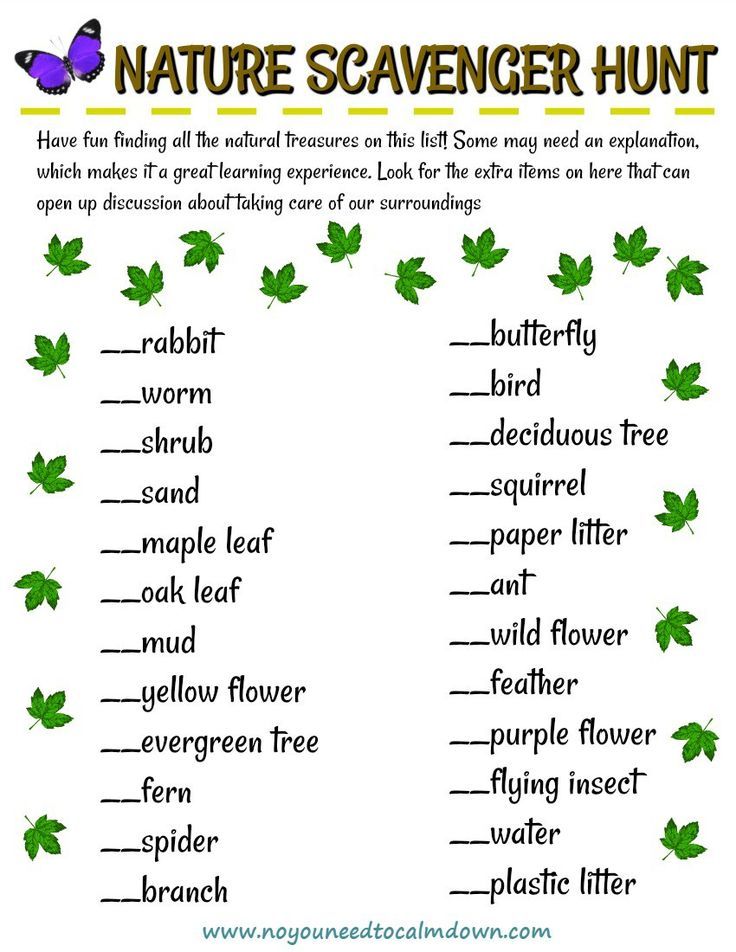
When we have enough sorted waste, we send it for recycling. Usually, we do not wait for the boxes to be full, but about once a month we take the garbage to different collection points.
Bucky at home. The easiest way is with PET: I have already said that it is accepted with pleasure in many places. Now, all over Russia, on ordinary container sites, they began to put separate tanks for plastic - by it, PET is meant, first of all. What will happen if you throw another plastic there, I don’t know. Therefore, I try to take everything that is not PET to special collection points.
/save-money-save-planet/
10 ways to save money and save the planet
Recycling points. The plastic collection point is located 10 km from our house. To go there and back, you have to spend 30 minutes once a month. I calculated that about 130 R is spent on gasoline. The glass collection point is about the same distance - this is another 130 R and 30 minutes a month.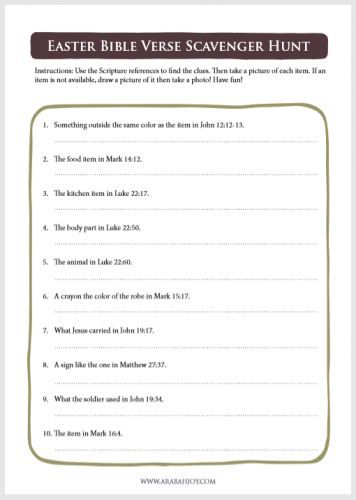 With the organization of collecting metal, the same story, but we hand it over only once every three months, so we divide the costs by three and get 43 R and 10 minutes. As a result, the most troublesome part - garbage removal - takes us 303 R and 70 minutes a month.
With the organization of collecting metal, the same story, but we hand it over only once every three months, so we divide the costs by three and get 43 R and 10 minutes. As a result, the most troublesome part - garbage removal - takes us 303 R and 70 minutes a month.
Usually the collection point is a small room like a "stall" in which the receiver sits and there are large scales. Waste paper and metal are accepted by weight, plastic bottles and aluminum cans are taken by the piece. The best part is that usually in such points you are paid for the brought waste. Most of the time they pay very little. For example, a kilogram of waste paper or cardboard costs up to 6 R, one glass or PET bottle costs 0.5 R.
0.5 Р
pay for one PET bottle at collection points
But usually I don’t take money: for the sake of 30-50 Р I don’t want to wait until all the bags with my garbage are weighed and counted. I leave this money as a small tip to the receiver: he has a difficult job.
I leave this money as a small tip to the receiver: he has a difficult job.
Ecozones in shops. This is the most convenient and pleasant option, because garbage collection can be combined with a trip to the store or cinema. Large shopping centers such as Mega, Ikea or Leroy Merlin have special boxes for collecting various types of garbage, including hazardous waste. For example, Ikea accepts batteries and fluorescent and mercury-containing lamps.
There are collection points throughout Russia from the Good Caps project. They only accept plastic caps from bottles and bags, but the money from their processing is sent to charity, for example, to families raising children with developmental disabilities.
Website of the project "Good caps"
Addresses of collection points for caps
Volunteer actions. Eco-activists and simply caring citizens are organizing recycling campaigns all over Russia. Usually they mark several points in the city where you can bring your sorted garbage on the day of the action.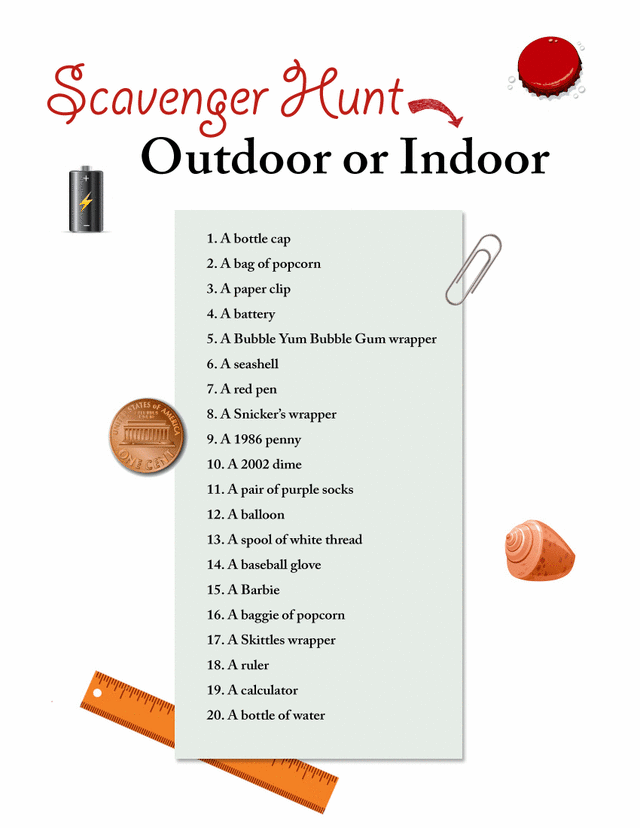 The organizers themselves will make sure that he gets to the processing plants, and does not disappear in some landfill.
The organizers themselves will make sure that he gets to the processing plants, and does not disappear in some landfill.
Graphs of such actions are posted on websites and pages in social networks of various environmental movements, for example, Separate Collection, New Acropolis, Green Squirrel. Almost every region has its own organization conducting such actions. Just type in the search engine the phrase "Separate waste collection" and your city.
Waste paper and glass collection stall. The woman who takes the garbage part-time works in the neighboring stall "Vegetables and Fruits" Ecomobiles. In Moscow, St. Petersburg and some other large cities, you can order garbage collection directly from your home. For example, in the capital, an eco-car of the Collector project can be called for 1200 R from one family within Moscow Ring Road. For each additional family within the same address, you must pay an additional 150 R. At the same time, the volume of recyclables accepted is not limited.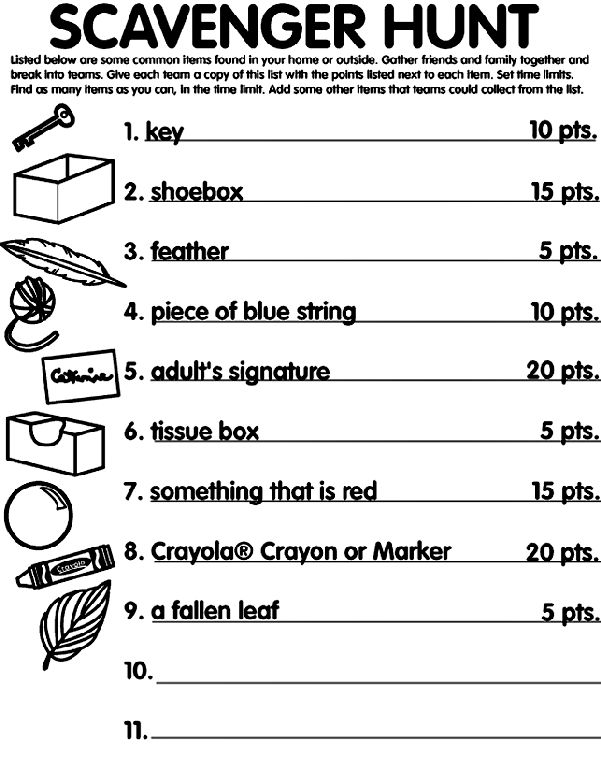 The ecomobile in Nizhny Novgorod will pick up three large bags of the Auchan or Lenta format for 300 RUR. The removal of each next bag will cost 50 RUR.
The ecomobile in Nizhny Novgorod will pick up three large bags of the Auchan or Lenta format for 300 RUR. The removal of each next bag will cost 50 RUR.
Before calling such an eco-car, you need to properly sort and securely pack the garbage so that it does not crumble during transportation. At the same time, it is necessary to sort recyclable materials according to the instructions posted on the website. In particular, sign the type of garbage on each package. The collected recyclables are sent to the Ecocenter and then donated to recycling companies and charitable organizations.
1200 R
there is an eco-taxi call within the Moscow Ring Road
The advantage of volunteering and eco-mobiles is that they collect a lot of types of garbage that are not accepted anywhere else, for example, tetrapack and plastic marked 6/PS.
If paper, plastic and glass are collected in small eco-shops that are scattered throughout the city, then the bases for receiving metal are usually located somewhere in the depths of the industrial zone.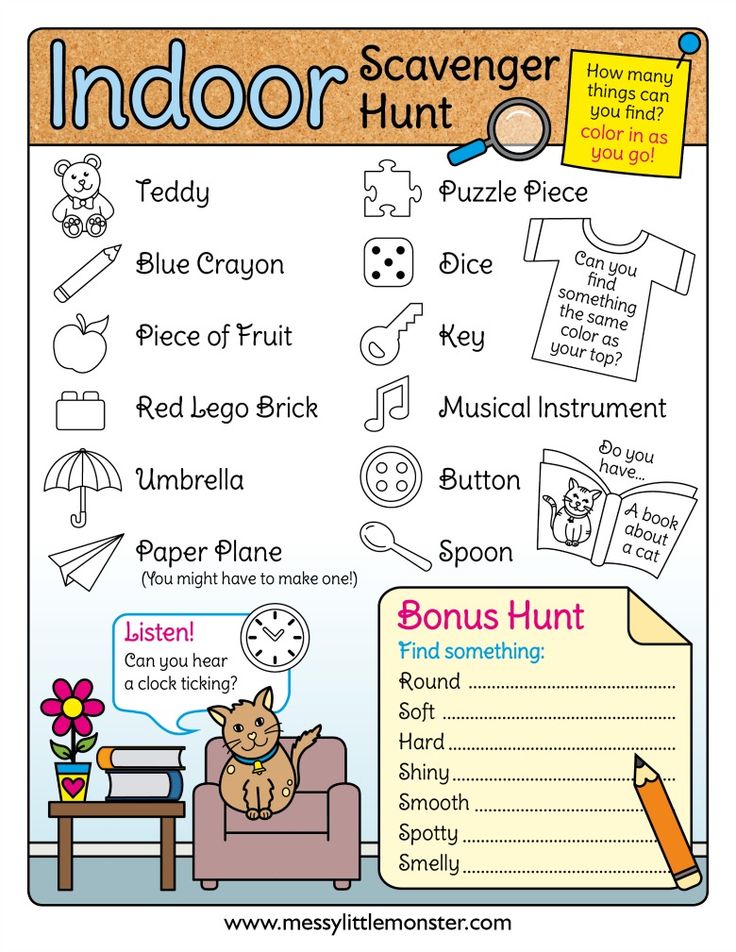 It looks scary from the outside, but friendly people work inside, at least in Kursk
It looks scary from the outside, but friendly people work inside, at least in Kursk Next level
Disposal of food wasteCosts: 0-20,000 R once and 5 minutes every day.
If you manage to organize separate waste collection and you get a taste, there will be only one problem: what to do with food waste? When I figured out different types of plastic and traveled to all the nearest recycling centers, I somehow don’t feel like shoveling the remains of yesterday’s dinner into a bag and taking it to a landfill.
That's why I decided to start recycling this garbage as well. Of course, I have a slight advantage: I live in a private house, so my family uses food waste for compost. We collect them in a bucket and take them to a hole in the garden once a day. Waste naturally rots in this pit during the year, and in the spring we use it as fertilizer.
More about composting - video from webinar
I throw all the organic garbage into this pile and sprinkle a little earth on top.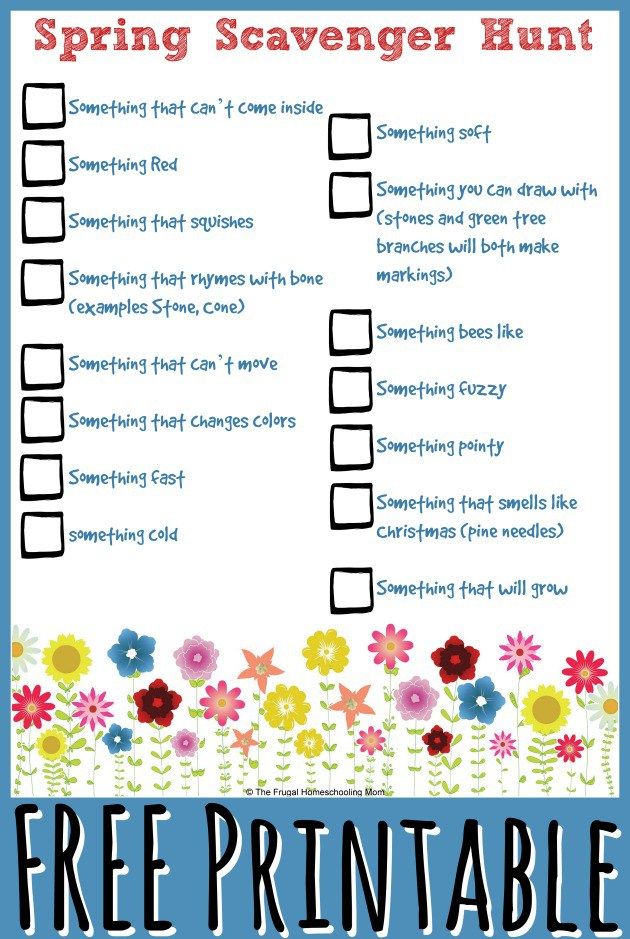 Then earthworms and other microorganisms come into play. They gradually process organics into compost, which then falls into a hole under a wooden deck.
Then earthworms and other microorganisms come into play. They gradually process organics into compost, which then falls into a hole under a wooden deck. In an apartment, composting is more difficult, so only real fans do it. Several options have been invented for them: a small box with worms that eat garbage - a vermi farm, and also a special bucket into which effective microorganisms are added. Both methods work on the principle of the same compost pit and help convert household organic waste into useful fertilizer, which can then be added to indoor plants or taken to the country.
More about the vermicomposter - video on YouTube
One EM bucket costs from 1300 R, and enzymes for it will cost about 500 R, enough for three months. You can buy them in stores for summer residents and gardeners. A finished vermi farm with worms can cost 5,000-15,000 R, but, in principle, it can be assembled by yourself from wooden or plastic boxes. And dig up worms in the forest or buy them in a fisherman's shop.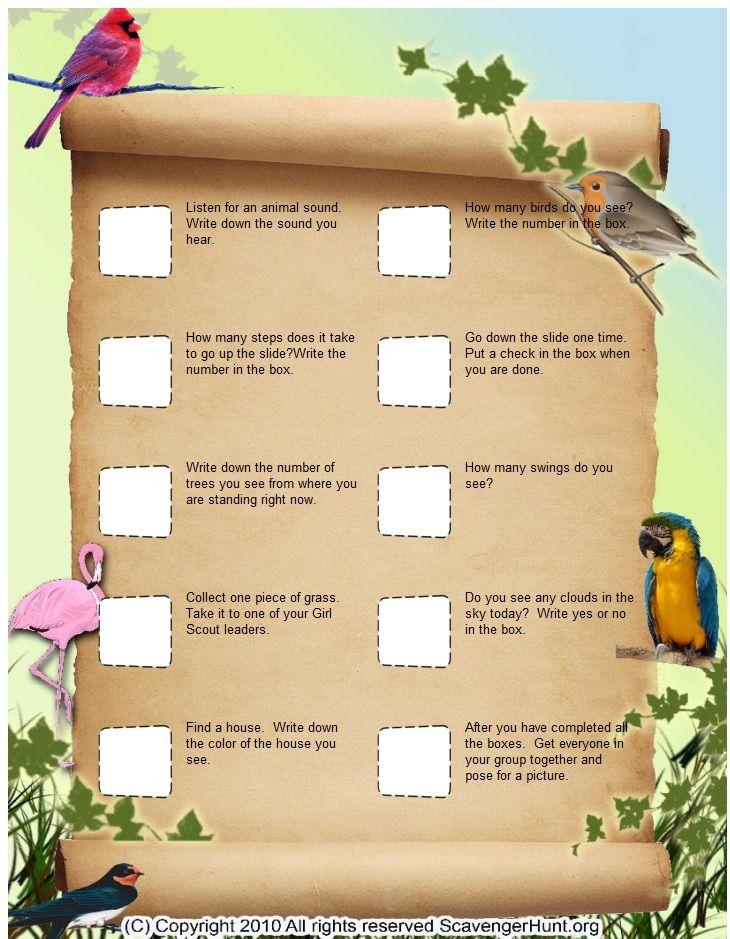
Instructions for creating a vermifarm - on the Greenpeace website
But if you are not a vegetarian, then there will be a problem with bones, scales and skin: their worms and microorganisms do not process. In this case, a food waste disposer can help. This thing is installed on your kitchen sink drain and grinds everything that gets into it. It turns out a homogeneous mass, similar to a powder, which - in theory - should not clog sewer pipes.
What happens next with this powder varies by region. In some parts of our country, the city water supply system provides for the processing of such waste into biogas, which is then used to heat houses. According to eco-activists, such a scheme works best in Moscow: there, all organic waste crushed in a disposer and leaked into the sewer is processed into biogas.
Food waste disposers are available at all major electronics stores. The average price is 18,000-20,000 R. Photo source: mariakray / Shutterstock»Results of the experiment
Before the start of separate waste collection, my family produced about 11 kg of garbage every week, which was sent to rot in a landfill.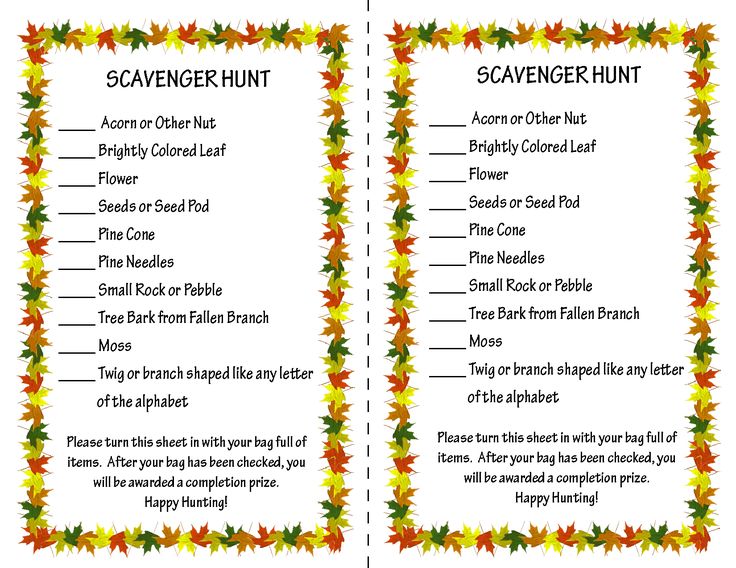 Now we only throw away 6 kg, everything else is sent either for processing or to the compost pit.
Now we only throw away 6 kg, everything else is sent either for processing or to the compost pit.
To figure out how everything works, we spent an hour and a half, and now it takes us no more than 5 minutes a day to sort the garbage. To take recyclables for recycling, I spend another 70 minutes a month, it takes about 303 R for gasoline. We do not take money at collection points, but for the sake of interest, we received 28 R for glass, which we saved up for two months.
303 Р
I spend on gasoline to take the garbage for recycling
After a month of sorting, we even stopped noticing that we check the marking codes every time and automatically tear off the labels from the bottles and remove the caps. And now I often find myself buying goods in a store looking not only at the expiration date and price, but also at what the packaging is made of and whether it can be disposed of without harm to the environment. It seems to me that this is a good habit and my modest contribution to solving the environmental problems of our country.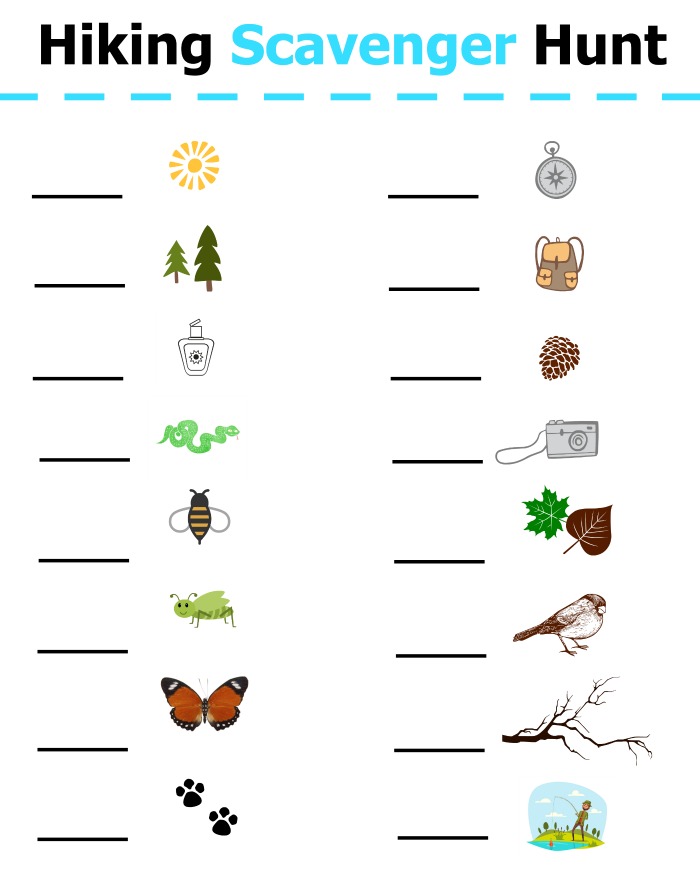
Remember
- Start small by adding a second non-organic waste bin. So you will quickly understand what exactly your garbage consists of.
- Once you've figured out what types of waste you tend to accumulate most, see if you can recycle it near your home.
- If plastic and aluminum waste is washed and compacted in time, they take up less space, they can be accumulated longer, and then they will have to be taken out for recycling less often.
- Do not throw thermometers, batteries and energy-saving lamps into the general waste - this is very dangerous. It is better to put them aside and throw them into a special container when you go to Auchan or Ikea. Many people start their journey in separate waste collection with this.
Magnifying glass, scavenger hunt, glass, lens png
Magnifying glass, scavenger hunt, glass, lens pngtags
- glass,
- lens,
- pan,
- material,
- dishes and baking dishes,
- scavenger hunt,
- reflection,
- private investigator,
- magnifying glass,
- increase,
- equipment,
- transparency and transparency,
- png,
- transparent png,
- no background,
- free download
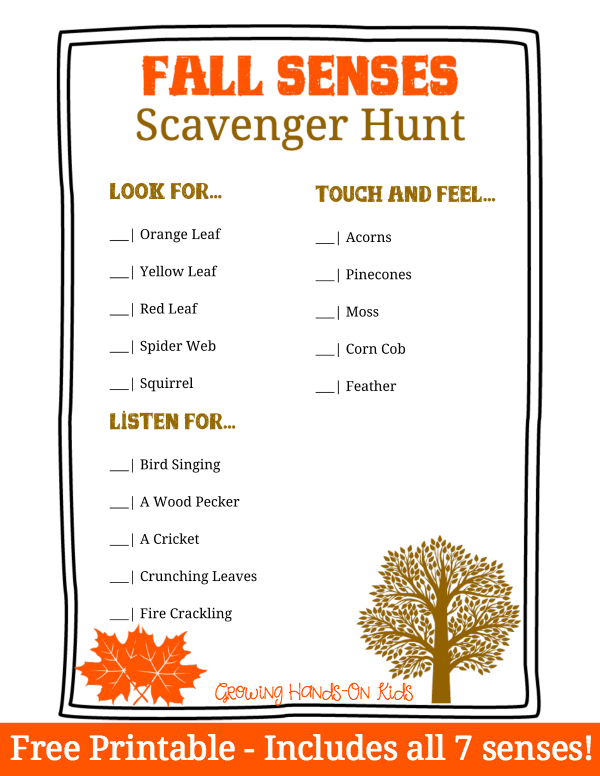 44KB )
44KB ) - Image size
- 512x512px
- File size
- 150.44KB
- MIME type
- Image/png
resize PNG
width(px)
height(px)
Non-Commercial Use, DMCA Contact Us
- Magnifying glass, magnifying glass, glass, magnifier png 800x600px 148.94KB
- magnifying glass, magnifying glass, glass, magnifier png 1046x1024px 198.66KB
- magnifying glass illustration, Magnifying glass Loupe Loupe, Magnifier s, glass, material png 632x640px 64.66KB
- magnifying glass, Magnifying glass, magnifying glass, glass, lens png 800x600px 139.99KB
- graphics Magnifying glass Illustration, Magnifying glass, glass, lens png 500x500px 29.09KB
- Frying pan Cookware & Bakeware Non-stick surface Omelette, Frying pan, cooking, frying Pan png 1152x1022px 445.61KB
- Magnifying glass, magnifying glass, glass, logo png 512x512px 10.65KB
- magnifying glass illustration, Magnifying glass Icon, magnifying glass, cartoon, magnifying Glass png 512x512px 24.7KB
- Magnifier Mirror Magnifying glass, Magnifier, magnifying glass, glass, image File Formats png 1432x912px 543.
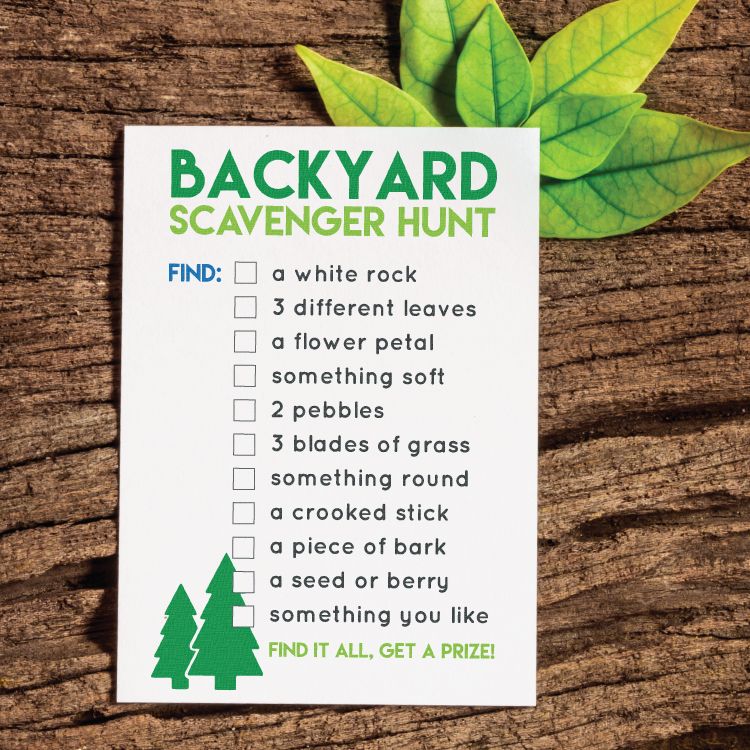 29KB
29KB - square gray frame illustration, Transparency and translucency Glass, text box, angle, white png 1200x838px 32.12KB
- black and brown magnifying glass illustration, Magnifying glass Cartoon, magnifying glass, glass, magnifying Glass png 512x512px 15.13KB
- plastic bowl tableware blue container, cokina, glass, blue png 750x600px 89.33KB
- Magnifying glass, magnifying glass, glass, lens png 1599x1600px 649.42KB
- black magnifiers, Magnifier Loupe, magnifying glass, glass, lens png 676x800px 97.78KB
- Non-stick surface Cookware Cooking Frying pan Cookware, cookware, miscellaneous, kitchen png 1417x1179px 1.86MB
- blue magnifying glass icon illustration, Magnifying glass Computer Icons Magnification, magnifier, glass, technic png 2671x2671px 96.32KB
- clear glass panel, Glass Transparent and Clear Paper, glass plate, wine Glass, angle png 1412x1326px 296.82KB
- bubble, transparent bubble, bubble png 549x517px 109.46KB
- black magnifying glass illustration, Magnifying glass Icon, White magnifier material, glass, wine Glass png 1181x1181px 146.61KB
- Frying pan Product design Cookware, frying pan, frying pan, material png 1180x660px 52.17KB
- animated empty glass panel, Glass Transparency and translucency Computer file, glass, wine Glass, angle png 1181x1181px 117.17KB
- Magnifying glass Computer Icons, magnifying glass, glass, lens png 850x556px 55.73KB
- magnifying glass illustration, Magnifying glass Cartoon, magnifying glass, glass, magnifier png 512x512px 15.87KB
- man holding magnifying glass, Magnifying glass, magnifying glass, glass, lens png 2050x1543px 1.92MB
- Magnifying glass, magnifying glass, glass, magnifying Glass png 1924x1924px 566.37KB
- Magnifying glass Computer Icons, Zoom s, glass, pan png 512x512px 103.71KB
- Magnifying glass, magnifying glass, glass, lens png 1024x768px 494.91KB
- black magnifying glass, Magnifying glass, Magnifying glass, glass, monochrome png 944x600px 192.35KB
- Magnifying glass magnifying glass with wind, glass, mirror png 1010x757px 304.71KB
- almost full glass illustration, Drinking water Glass Drinking water, A glass of water and a glass, glass, wine Glass png 520x884px 183.
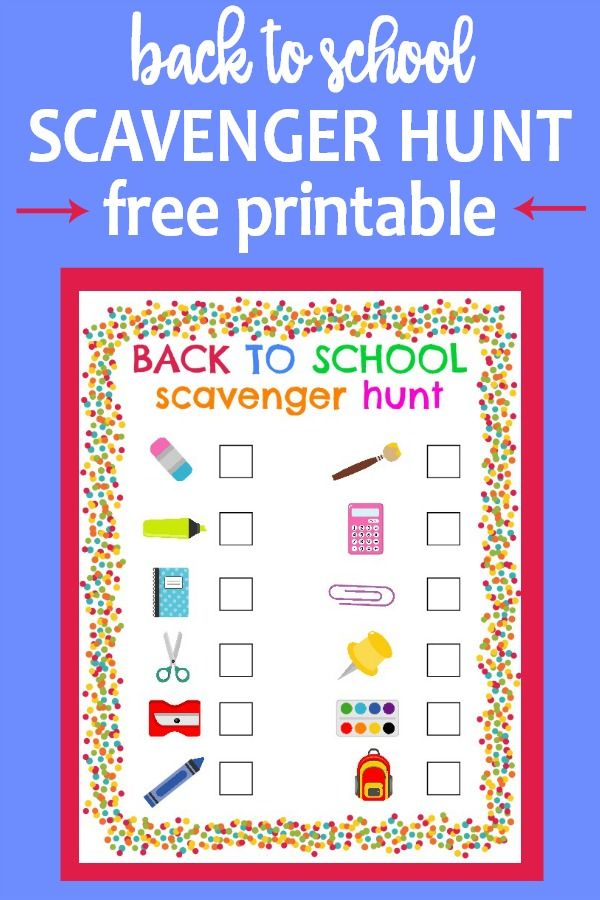 73KB
73KB - square gray frame, Transparent and transparent RGB color model Software, Square acrylic glass, glass, wine Glass png 2083x2083px 416.04KB
- two square clear glass boards, Square White Square, square glass, glass, wine Glass png 1181x1181px 123.08KB
- magnifying glass, Criminal investigation Detective Forensics, fingerprinting, crime, website png 2400x2400px 998.44KB
- Magnifying glass, Magnifying glass, glass, monochrome png 1432x920px 406.69KB
- kitchenware set, Drawing Tableware, miscellaneous, glass png 1200x1200px 302.
89KB
- black and gray cookware set, Tableware TRADING COMPANY HOUSEHOLD PRODUCTS Tableware Frying pan Kitchen, frying pan, glass, service png 500x500px 293.04KB
- Frying pan Kettle Cookware Pots, frying pan, beach, frying Pan png 650x650px 248.99KB
- Magnifying glass, Magnifier s, glass, lens png 800x786px 198.69KB
- Cookware Frying pan Non-stick surface Kitchen Cookware, kitchenware, cooking, nonstick Coating png 1500x1500px 1.12MB
- Magnifying glass Loupe Detective, magnifying glass, glass, angle png 689x1280px 99.3KB
- Magnifying glass Loupe Loupe, Magnifier, glass, lens png 1432x912px 601.88KB
- Chessboard White Symmetry, 3d stereoscopic glass material, texture, glass png 1500x1125px 126.22KB
- Muffin Tin Baking pan Canelé, cake, baked Goods, recipe png 1200x807px 972.27KB
- gray frying pan, Frying pan Bread, frying pan, kitchen, cooking png 2500x1206px 1.71MB
- Red Wine Wine glass Cup Tall wine glass, Stem on blue background, wine Glass, wine png 500x600px 67.83KB
- Magnifying glass Regent PI Magnification, glass broken, glass, lens png 600x489px 190.
